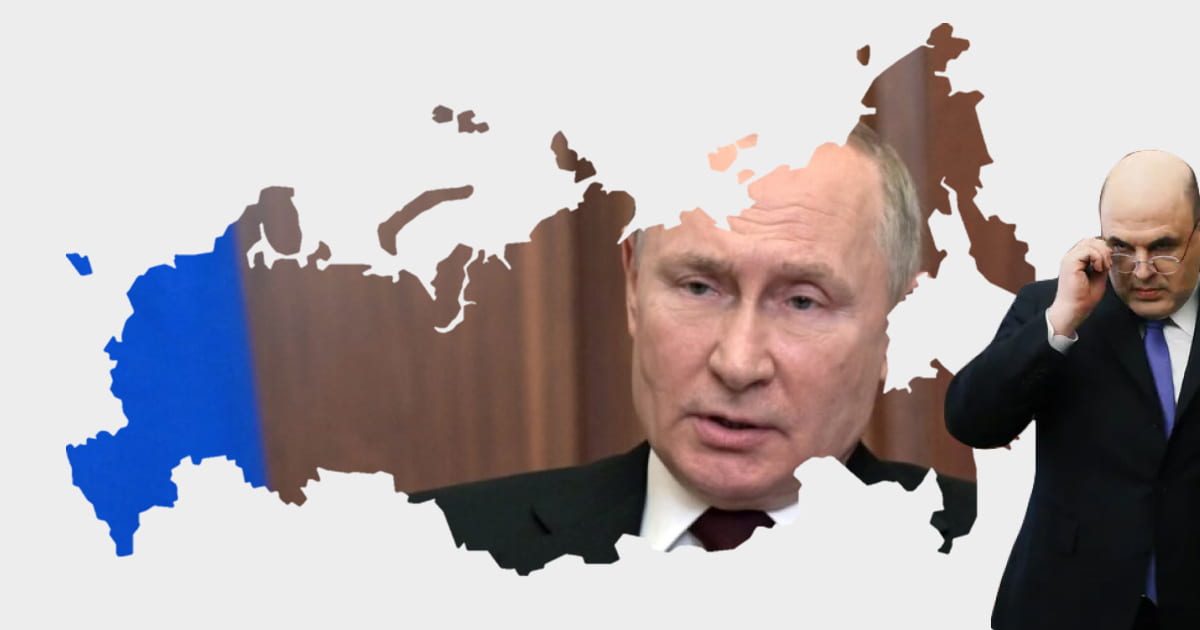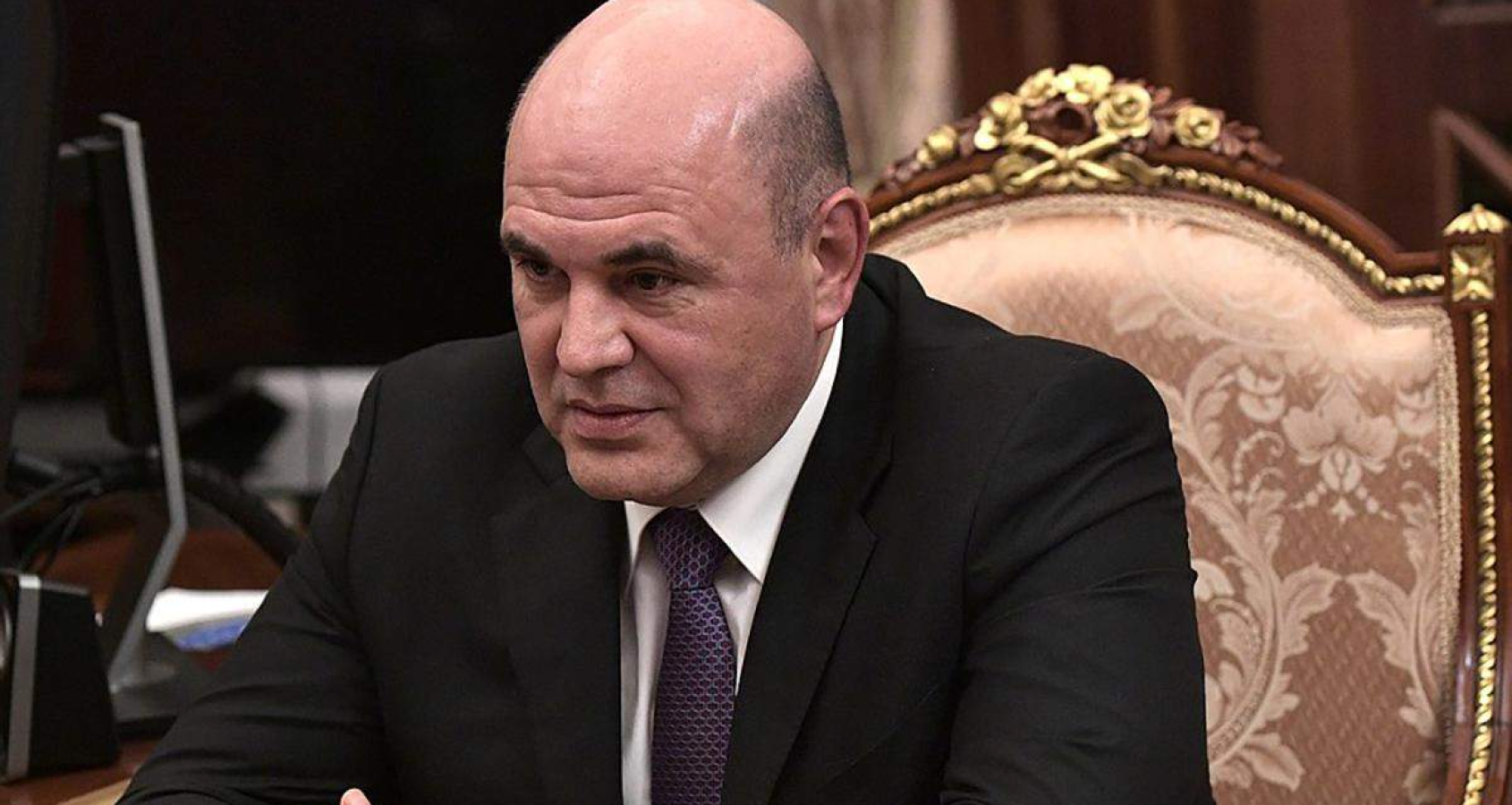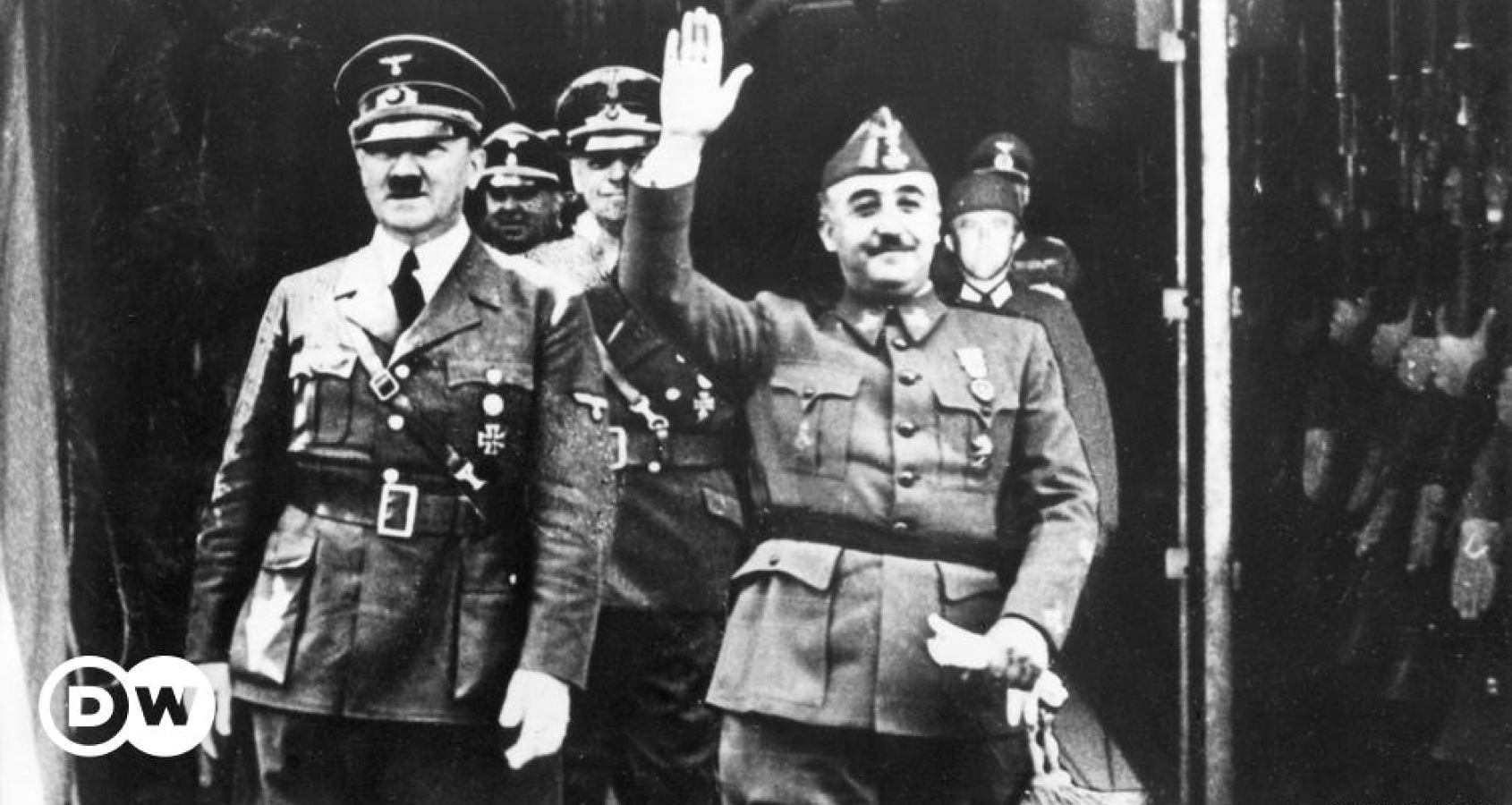What can Russia be like after Putin?

On September 30, Vladimir Putin invited Ukraine to sit down at the negotiating table. The President of Ukraine replied that negotiations are only possible with another President of the Russian Federation.
Using the example of other dictators, Svidomi talks about four scenarios of what Russia could be like after Putin.
Escape from the prison of nations
In July 2022, the second Free Nations of Russia Forum took place, where representatives of 20 nations and regions of the Russian Federation and international experts from Europe and North America discussed scenarios of the collapse of Russia into democratic states. Despite, on the one hand, the absurdity of such statements, such a scenario should not be ruled out, given the history of the Soviet Union.
The disintegration of Russia is possible under the conditions of a political and economic crisis.
The key problem is the centralized system: every penny passes through Moscow and only then is distributed among the federal lands. The Khanty-Mansi Autonomous Okrug, Tatarstan, and the Yamalo-Nenets Autonomous Okrug, which might seem poor at first, are among the top five suppliers to the Russian budget. That's why the "feeder regions" can reject the government that exploits their land and expends their resources.
Given the puppet regime of Ramzan Kadyrov in Chechnya, it is likely that the independence movements could start in Tatarstan. In 1989, there were already rallies in the republic about leaving Russia. After that, Tatarstan declared its sovereignty and then independence. Later, the government signed a mutual delegation of powers agreement with Moscow. However, already under Putin's rule, the constitution is being rewritten to fit the federal system, and the republic's radical politicians are being physically eliminated. Currently, the region has its president and pursues a separate policy from Russia.

DPRK 2.0
An almost isolated Russia has become a reality thanks to the sanctions policy of the West. Therefore, let's take a look at the option of complete isolation of the country from the outside world.
Today's Russian oligarchy, along with institutions, ministries, and the state apparatus, is controlled by Putin. In the event of his death, a power struggle between the elites is likely to begin. The "winner" in such a scenario is called the Secretary of the Security Council of the Russian Federation Nikolai Patrushev. He has been called a key shadow strategist for the war in Ukraine and the man who convinced Putin that Kyiv was full of "neo-Nazis."
Politics under Patrushev may develop towards totalitarianism and the "iron curtain." This is due to the need to control demographic and economic factors, such as the need to finance post-war Russia and control migration.
The Mishustin Thaw
Another possible replacement for Putin is the Prime Minister of the Russian Federation Mikhail Mishustin. He is not a public figure, so his political views cannot be determined.
He is not a public figure, so his political views cannot be determined. However, from the words of his former colleagues, one can understand that the politician is a technocrat, focused on modernization and digitization.

In addition, the official has proven himself during his work at the Federal Tax Service as a successful reformer and a non-conflictual personality.
With this in mind, Mishustin's policy can be aimed at restoring relations with Western countries for future economic development and cooperation. As for domestic politics, relative decentralization and liberalization are likely.
Democratic Russia
A crowd of Russians fleeing from a single security officer can hardly be called a manifestation of democracy. In addition, Putin's approval ratings have increased since the start of a full-scale war. These events suggest that the Russian Federation cannot survive without the "tsar."
Although the most obvious way to turn a dictatorship into a democracy is a people's revolution, democratization does not always happen through the mass movement of the population. It can often be controlled by the elites themselves if they are properly motivated. Putin's Russia has a lot in common with Spain during the dictatorship of General Francisco Franco. An old Spanish saying says that there are "two Spains" — the traditional, religious, and conservative one; and the modern and progressive one. Spain was conservative during the Franco presidency.
Economically, Spain was a developed capitalist country that depended on the most developed territories — the Basque Country and Catalonia — that opposed the dictatorship. The institutions were subdued, and the army helped in the successful functioning of the repressive apparatus. The ruling class can be characterized as a manifestation of oligarchy, and industrialization was completely dependent on foreign capital, particularly from Europe and the United States.

Spain: from dictatorship to democracy
Franco died. King Juan Carlos, whom he brought up, became his successor. Carlos was aware of the importance of the built system and military intervention, but he also understood the need for a course toward democratization.
He began to change the authoritarian system, gave legitimacy to democratic reforms, and was able to protect himself from a coup. At first, he convinced the Francoist parliament to vote for the termination of its existence. Later, he legalized the right to political association, allowed the creation of parties, recognized workers' rights to organize, and abolished censorship laws.
The current parliament needed a prime minister, and Carlos chose Adolfo Suárez. With the fight against Communism at the heart of the civil war, Suárez held secret meetings with the Communist Party for political change with broad cross-party support, thereby increasing the chances of a successful transition.
The completion of the transition can be considered the ratification of the constitution. In addition, the signing of the Statutes of Autonomy of Catalonia and the Basque Country in 1979 or the victory of the Socialist Party over the UCD in the 1982 general election also marks the end of the transition period.
Thus, at the initial stages, it is possible to implement measures to demolish "United Russia," introduce a multi-party system, and give autonomy to the regions. However, Ukrainians should be indifferent to what is happening in Russia, which since 2014 has been systematically proving that we are on different sides of the barricade. Since February 24, 2022, Ukrainians once again became convinced that the Russian Federation should not exist. At least in its current form.


